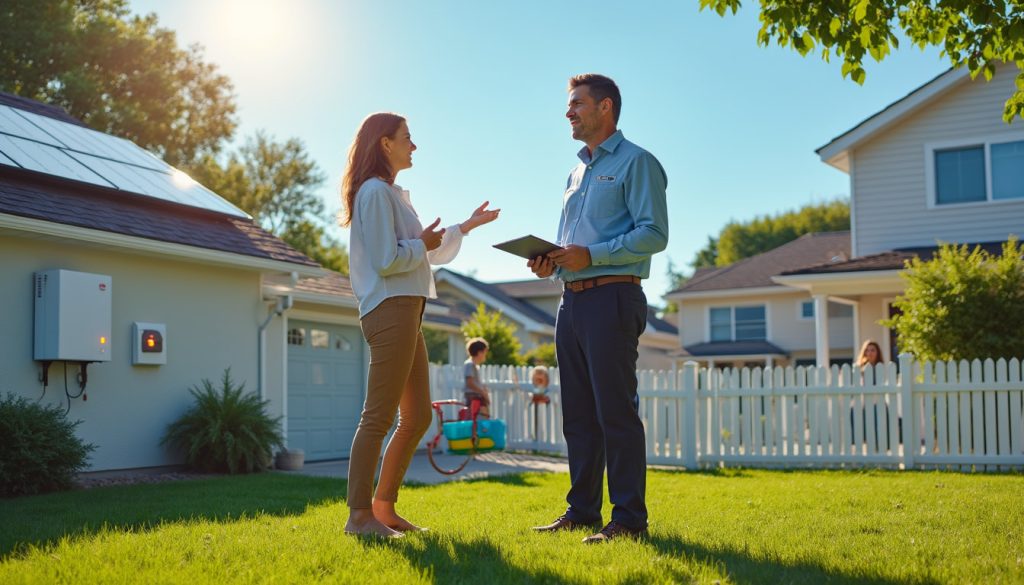As energy costs rise, more homeowners are wondering if it’s possible to power their entire home with solar energy. The short answer is: yes—it’s possible, but it depends on your home’s energy needs, the size of your solar array, and how you manage your electricity usage. For many households, going fully solar requires careful planning, efficiency upgrades, and sometimes additional equipment like battery storage.

How to Determine if Solar-Only Living Is Possible
The first step is to understand your energy usage. Look at your utility bills to see how many kilowatt-hours (kWh) you consume monthly. Then, assess your roof or property’s solar potential. Sun exposure, panel orientation, and shading from trees or neighboring buildings will affect how much power your panels can generate. In some cases, you may need a larger system than your roof can hold, or you may choose to offset most—but not all—of your usage with solar.
Battery storage is the key factor to going completely off-grid. Without batteries, you’ll rely on the grid at night or during cloudy days. A solar-plus-battery system allows you to store excess energy generated during the day for use later, making it more realistic to operate independently from the grid.
Why Efficiency Matters More Than Ever
Even the best solar setup will perform better when paired with an energy-efficient home. Before going all-in on solar, it’s smart to reduce your overall electricity demand. This can mean upgrading to LED lighting, sealing air leaks, improving insulation, and replacing older appliances with high-efficiency models. The lower your demand, the smaller—and more affordable—your solar system can be.
Electric Comfort Systems for Solar-Powered Homes
When it comes to heating and cooling, electric systems like ductless mini splits and heat pumps are an excellent match for solar power. Unlike fossil-fuel-based furnaces or boilers, these systems run entirely on electricity and are highly efficient. A modern heat pump can produce three to four times more heating or cooling energy than the electricity it consumes, making it a great fit for solar-powered living.
Tips for Homeowners Starting Their Solar Journey
- Get a Professional Solar Assessment: A reputable solar installer can evaluate your property’s potential and design a system tailored to your needs.
- Consider Battery Storage: If your goal is to run completely off solar, batteries are key to keeping power flowing when the sun isn’t shining.
- Pair Solar with Efficiency Upgrades: Reduce your energy use before sizing your system to save money upfront and over time.
- Plan for Future Electric Upgrades: If you plan to switch to a heat pump, mini splits, or an electric vehicle later, size your solar system accordingly.
- Research Incentives: Federal tax credits, state rebates, and local utility programs can significantly lower the cost of going solar.
Running your home entirely on solar power is possible, but it takes a combination of the right equipment, smart planning, and energy-conscious living. By combining solar panels with efficient electric comfort systems like mini splits and heat pumps, you can reduce reliance on fossil fuels, lower utility bills, and move toward a truly sustainable home.
Our team of Home Performance Experts has served the I-5 corridor from Blaine to Marysville, Oak Harbor to Concrete, and the San Juan Islands since 1972 with a mission of Improving Lives™. We look forward to serving you too! Contact Barron Solar today for solar energy assessment.
